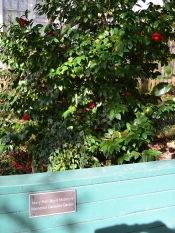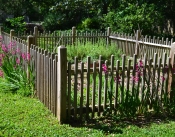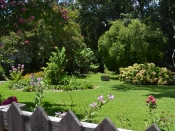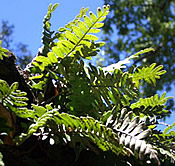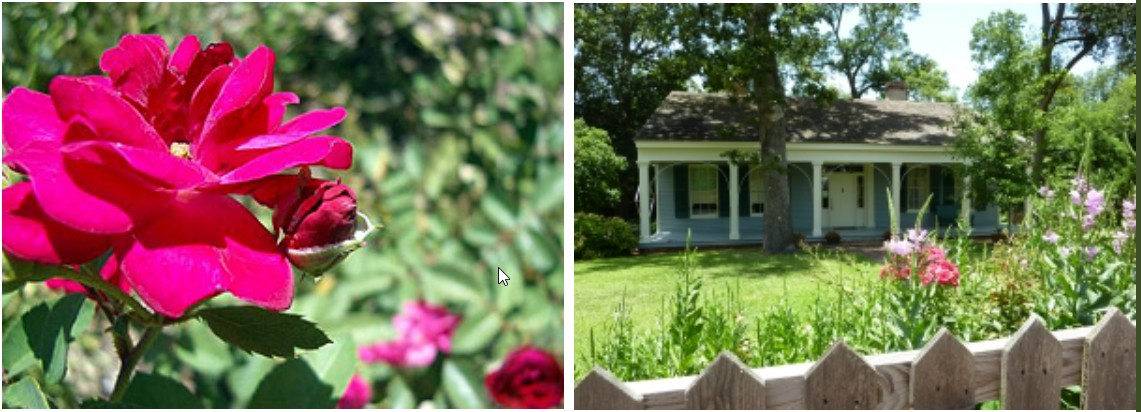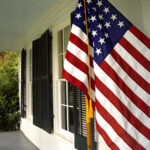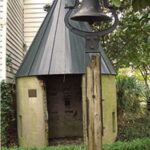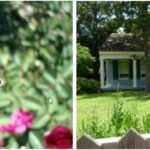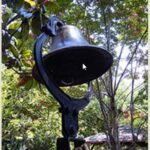A Journey Through Time
A visit to The Oaks garden takes you through history. Upon entering the front gate, you step into a Victorian garden, much like the one seen in the oldest surviving photograph of the property. Roses climb the front picket fence, while native perennials fill the planting bed. Island beds grace the grass lawn, reflecting the 1880s style. Imagine deciduous vines curling around the graceful porch arches, with a family member relaxing in a hammock beneath the gallery’s shade.
The Oak Trees and Their Legacy
An early family letter describes the oak trees in the front yard, which inspired the house’s name. Sadly, two of the original oaks were lost in recent years. However, in November 2006, a replacement tree for the one nearest the house was planted. Heritage seedlings now thrive in the front yard.
Flora of the Mid-1800s
The garden is rich with plants common to the mid-1800s. During this period, plant exploration was popular, and many species from Asia and Europe made their way to the Deep South. At The Oaks, you can see imported plants like hydrangea, sweet olive, althea, azalea, and crepe myrtle. Native plants such as cherry laurel, hackberry, and magnolia grandiflora also thrive in the garden.
Indigenous flowering plants provide seasonal color. Look for purple coneflower, rudbeckia, obedient plant, spiderwort, Joe Pye weed, and goldenrod.
The North Garden and Historical Features
As you walk along the north side to the rear of the property, you step further back in time. Archaeological research suggests that a row garden originally existed in this area, likely supplying the vegetables and herbs used in the kitchen. In the far northwest corner, the site of the barn remains.
Work Areas Behind The Oaks
The area directly behind the house served as a work area from the earliest days of The Oaks. Here, you’ll find the cistern, milk house, and the locations of the original detached kitchen and privy. Part of this area is paved with brick rubble, providing a firm surface for household work.
The South Yard and Its Unanswered Questions
Further south, the work area continues with a swept yard. Activities in this area likely included soap making, laundry, wood chopping for cooking and heating, animal slaughtering and butchering, vegetable preparation, and waste management.
At present, no clear clues remain regarding the use of the south yard. Future archaeological investigations may provide valuable insights to guide our restoration and interpretation of this area.
